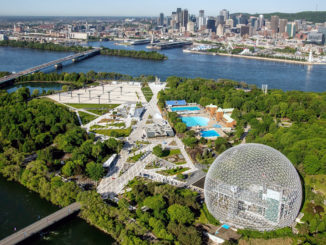Marlow Film Studios, a major new centre for British filmmaking, is a 167,800 square metre production facility. The ambition for a site that reflects the surrounding landscape with beautiful open spaces and discrete security whilst creating the appearance of organic growth in the townscape tradition.

An evidence-based assessment of the sensitivity and capacity of the site in Buckinghamshire for the new studio while also minimising the effects on the surrounding landscapes. The landscape and visual impact assessment and strategy sensitively integrates the development into its surroundings and maximises biodiversity net gain through the use of interlinked new habitats, including screen planting, extensive green roofs, and a network of planted swales and native trees within the studio campus.
The site’s integrated green infrastructure strategy is set to enhance the site’s ecological value, given its current status of low-grade landfill. From rainwater harvesting to native species, the strategy protects existing, adjacent, and on-site habitats and enhances the recreational value of the green space, including enhanced pedestrian and cycle connections to the surrounding area and new lakeside walks, as part of the industry-leading campus design. Enhanced public connections with a series of new private green spaces will support the operational and security needs of the Studio whilst creating a distinctive and original set of spaces for staff and visitors. Marlow Film Studios has also set its own bespoke target to reach +20% net gain, ahead of national and local policy.
To enable the low carbon, sustainable production of films, all buildings have been designed to put sustainability first and minimise energy demand, using low carbon and renewable energy supplies. The proposal promotes the use of active mobility by providing services for a direct connection via new public transport to the Elizabeth line and provision of electric charging infrastructure not just within the studio but also more widely in the community.
Innovative strategies in terms of energy, water management and construction methods will provide resilience to future impacts of climate change and changes in behavioural patterns.
Landscape Architects: Gillespies
Master planners: Prior & Partners
Architects: WilkinsonEyre



